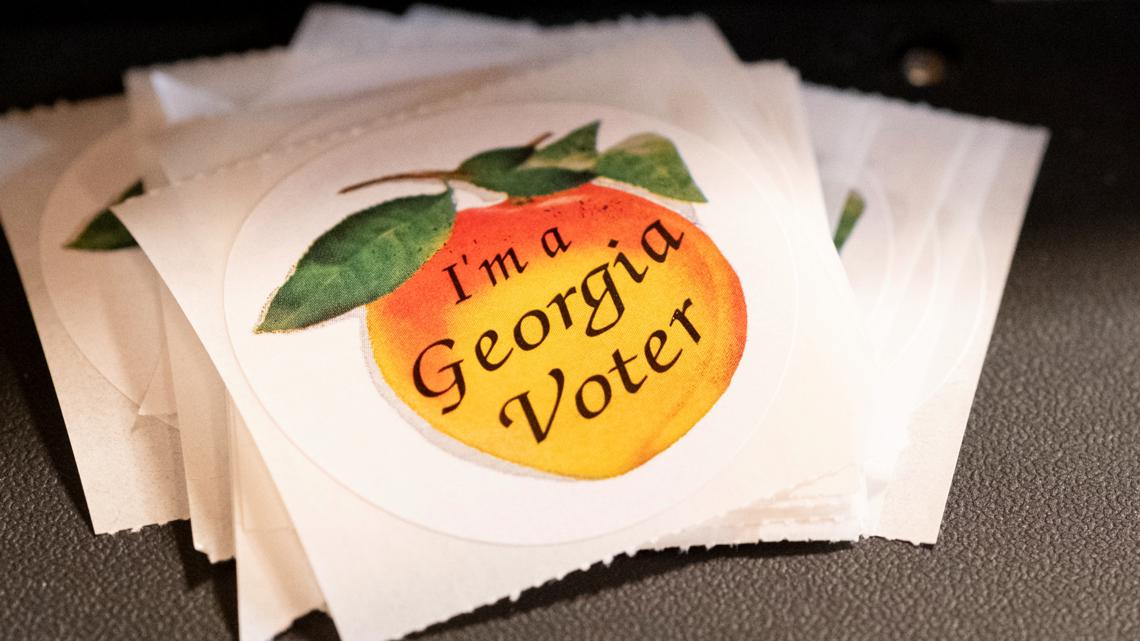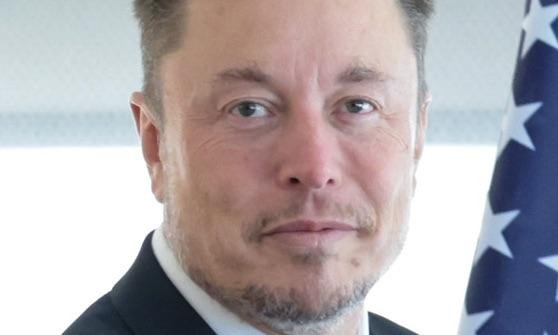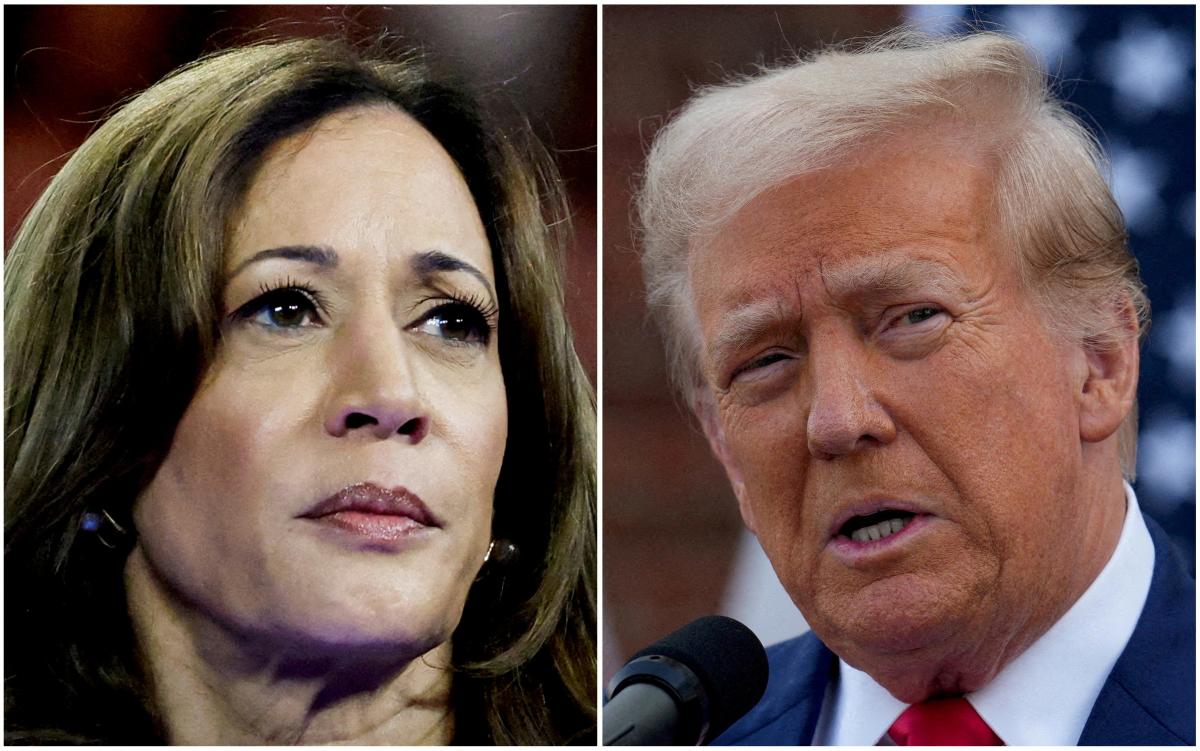A presidential election is coming up, and, once again, only a handful of states matter to the candidates.
Donald Trump spent four of eight days recently in Wisconsin, a key “battleground” state. Kamala Harris keeps returning to equally important Pennsylvania.
Meanwhile, neither candidate has shown any interest in, say, Oregon. (The Trump campaign didn’t even bother submitting information for the Beaver State’s Voters’ Pamphlet.)
It didn’t have to be this way.
55 years ago, a large majority of Republicans and Democrats in Congress sought to eliminate the Electoral College. The indirect system of electing the president is the very reason a few states are crucial to the two major-party presidential candidates, while most states, comfortably tilted toward one party or the other, are essentially irrelevant.
The reform didn’t happen in 1969, of course – even though a constitutional amendment to abolish the Electoral College in favor of the national popular vote overwhelmingly passed the Democratic-majority House of Representatives, 339-70.
President Richard Nixon, a Republican, supported the amendment, which included a provision for a runoff election if no candidate topped 40% of the vote.
“The adoption of these reforms would correct the principal defects in the present system,” Nixon said of the effort. He added:
“Favorable action by Congress will constitute a vital step in modernizing our electoral process and reaffirming the flexible strength of our constitutional system.”
In the Electoral College system, codified in Article II and the 12th Amendment of the U.S. Constitution, each state has “electors” equal to the number of members in its congressional delegation. (The District of Columbia isn’t a state but gets three electors.) In almost all cases, the winner of a state’s popular vote nets all its electoral votes.
In the runup to the 1968 presidential election, there were fears that George Wallace’s segregation-driven third-party candidacy would deny either major-party candidate the 270 electoral votes needed for victory, meaning the House of Representatives would pick the nation’s next chief executive. This hadn’t occurred since the 19th century.
Sure enough, the nationwide popular vote in 1968 proved very close indeed. (Nixon scored 43.4% to Democrat Hubert Humphrey’s 42.7%.) But Nixon ended up cresting the Electoral College threshold with room to spare, with 301 electoral votes to Humphrey’s 191. Wallace won 46 electoral votes.
That result did not put Republican and Democratic leaders at ease.
Wallace, then the former governor of Alabama, insisted he’d learned a few things during his presidential campaign and was planning a repeat effort in 1972. “First, you try to win,” he said of his thought process. “Second, you try to tie the election up.”
Wallace’s “second” objective, in short, was to cause chaos, something institutionalists on both the political left and right had seen enough of during the turbulent 1960s.
Most voters felt the same way. Eighty percent of Americans, according to a Gallup poll at the time, supported the effort to do away with the Electoral College.
So in 1970, after the House vote the previous September, the constitutional amendment worked its way through the U.S. Senate. It needed to pass the upper chamber with at least two-thirds support; then it would go to state legislatures, with three-quarters of them required to ratify it.
In the midst of this, two respected political scientists put out a lengthy report that concluded the Electoral College should be maintained. One of its authors, Columbia University professor Wallace S. Sayre, told reporters that only once, in 1888, had it “clearly produced a runner-up president.” That is, a winner – in this case Benjamin Harrison – who had lost the national popular vote but landed in the White House anyway.
(Sayre didn’t get into the convoluted aftermath of the 1876 election, when one disputed Oregon elector played a pivotal role in putting Rutherford B. Hayes, who also lost the popular vote, in the White House.)
“We know the defects of the present system – we have lived with it a long time,” Sayre said. “We can only speculate about the advantages and disadvantages of an alternative method. On that count, a prudent man would prefer to retain the present system.”
Sayre’s prudent man might have a different view now, seeing as two of the past six presidential elections have produced different popular-vote and Electoral College winners – and with entrenched polarization making it very possible it’ll happen this year and in 2028 and on down the road.
With so many politicians and voters backing a constitutional amendment to eliminate the Electoral College in 1970, why didn’t it happen? Southern Democrats in the Senate filibustered the amendment for three weeks, ultimately killing it.
Sayre’s co-author, Judith H. Parris of the Brookings Institution, said Southern politicians viewed the amendment as “anti-state’s rights,” because it would “in effect bypass the states as instruments in presidential elections.”
She didn’t mention the role of recent federal civil-rights legislation and enforcement in their thinking.
For his part, Birch Bayh, a Democratic senator from Indiana, expressed frustration at the blockade against the amendment.
“I haven’t been able to get clear in my own mind why, with 80% of the people for it, we haven’t been able to get two-thirds of the Senate to vote for it,” Bayh said in the fall of 1970.
Summing up the reasons Southern Democrats filibustered the amendment, the Washington Post wrote:
“They said it would reduce the power of the small states, which have disproportional strength in the Electoral College, kill the unifying effect which the Electoral College has for the nation as a whole and lead to a proliferation of minor parties.”
More than half a century later, there’s little evidence of the Electoral College providing a unifying effect for the nation as a whole. Instead, it appears to be aiding the hyper-partisanship that is tearing the country apart.
Still, no serious push for a constitutional amendment has resurfaced since the effort in 1970.
There is the state-based “National Popular Vote Compact,” which could go into effect if enough state legislatures decide to give their electoral votes to the national popular-vote winner. It’s a long shot. So far, after 18 years of trying, the compact has onboard only 17 states and the District of Columbia, making up 209 electoral votes.
— Douglas Perry is a reporter and editor at The Oregonian/OregonLive. You can reach him at [email protected] .














